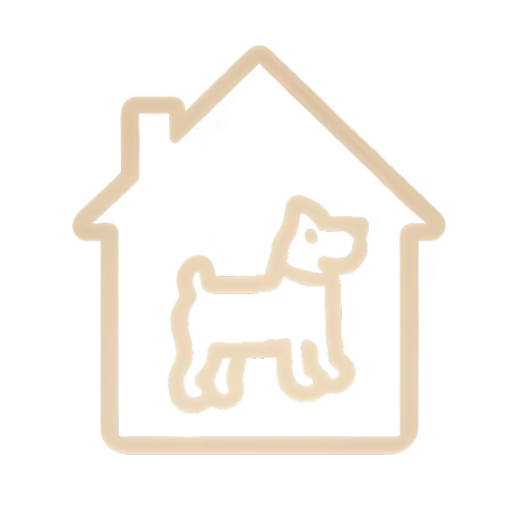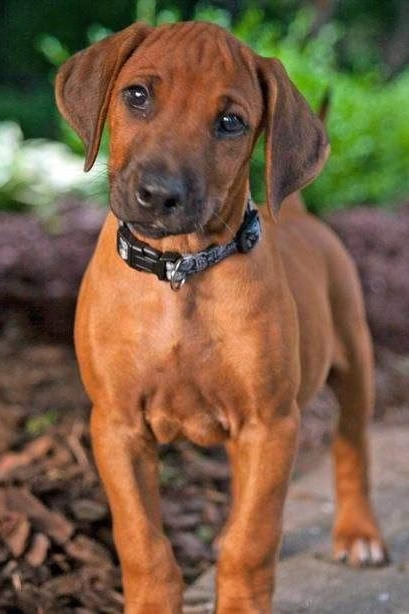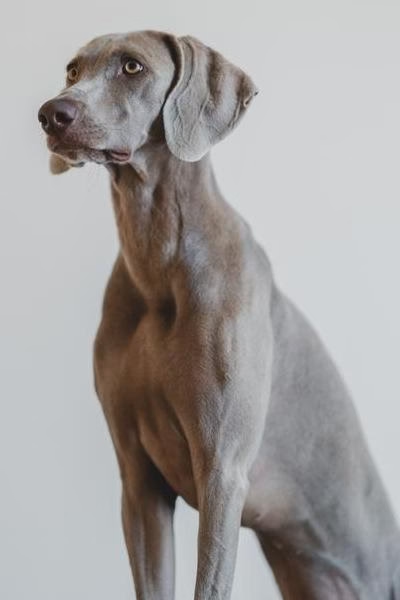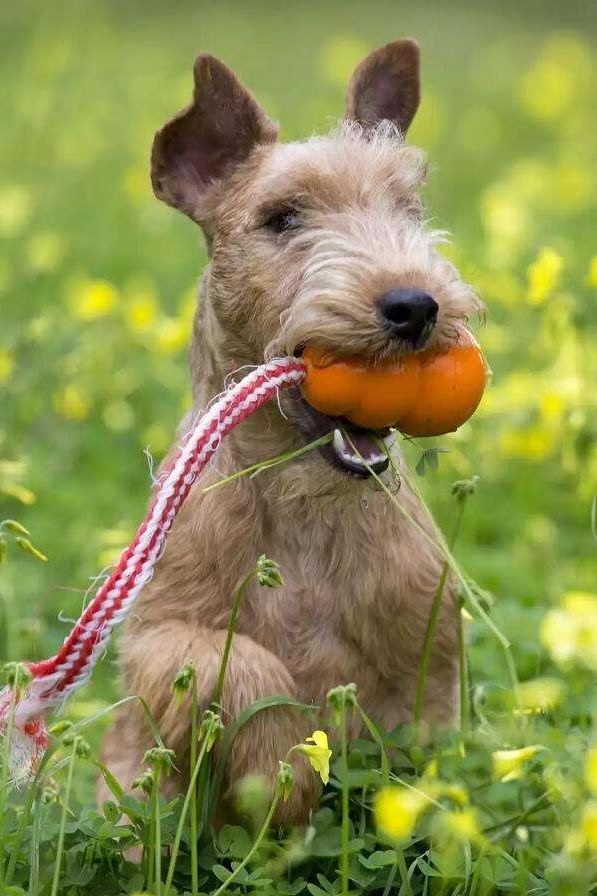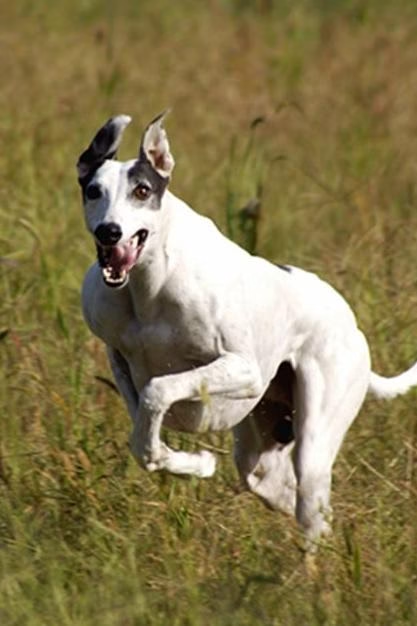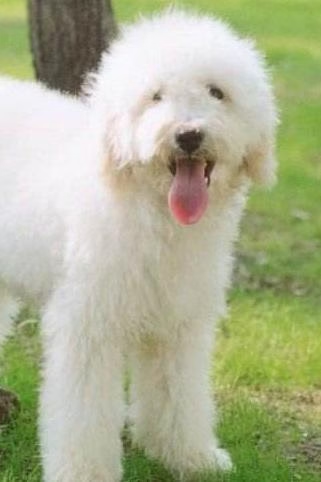Curly-Coated Retriever (Curly-Coated Hunting Dog)
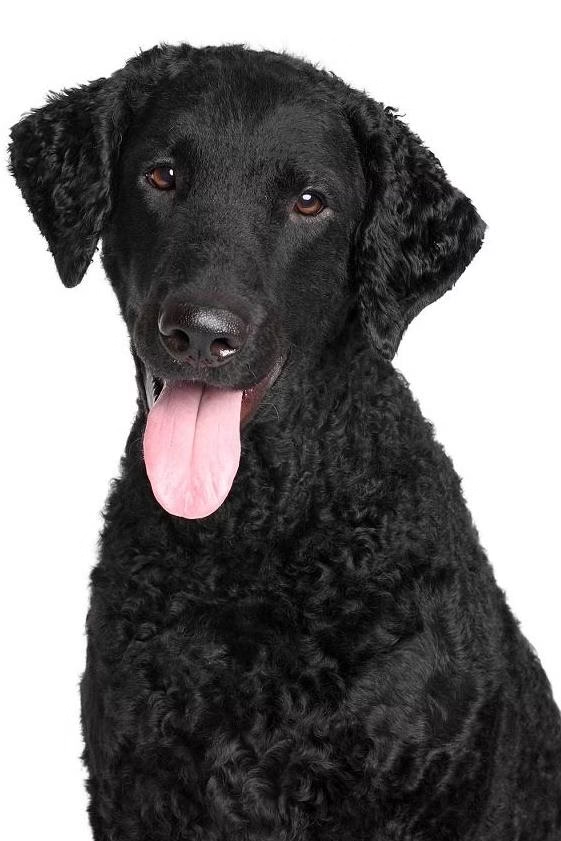
Curly-Coated Retriever
Curly-Coated Retriever, Curly-Coated Hunting Dog
Basic Information
- Category: Pet Dog
- Origin: England
- Body Type: Large
- Height: 63-68cm
- Hair Length: Short hair
- Lifespan: 8-12 years
Ratings
| Trainability | ⭐️⭐️⭐️⭐️⭐️ |
| Affection Level | ⭐️⭐️ |
| Barking Level | ⭐️⭐️⭐️ |
| Shedding Level | ⭐️⭐️⭐️ |
Breed Introduction
The Curly-Coated Retriever, originating from England, is also known as the Curly-Coated Hunting Dog, and as the name suggests, it has curly fur. Its independence and calmness mean it never appears shy or overly self-satisfied. At dog shows, a well-tempered Curly-Coated Retriever will stand firmly in its place and is very obedient; in the field, it is very enthusiastic, stable, and naturally brave; at home, it appears calm and friendly.
The Curly-Coated Retriever is one of the oldest retriever breeds, possessing an amazing sense of smell and memory. The development of the Curly-Coated Retriever can be traced back to the Irish Water Spaniel, and it also exhibits some characteristics of the Labrador Retriever. In 1860, the Curly-Coated Retriever was one of the first breeds officially used for hunting and was publicly showcased in England. Despite their charming appearance, strong physique, and extraordinary working abilities, they are rarely seen today.
It is said that because the Curly-Coated Retriever is very picky compared to other breeds, few people take them hunting anymore. Due to the lack of early records, the exact origins of the Curly-Coated Retriever are somewhat speculative, but one thing is certain: among retriever breeds, it is one of the oldest hunting dog breeds. It is widely believed that this breed descends from 16th-century English water dogs and hunting Setters. Some assert that the Irish Water Spaniel is its ancestor, and it is more likely a descendant of multiple crosses, evidenced by its color change from liver to black and its curly coat.
Regardless of which hunting dog is its ancestor, one can conclude that this breed possesses a combination of characteristics from both water dogs and Setters. The St. John’s Newfoundland dog, which had this composite characteristic, is recorded as the first dog brought to England in 1835 on a ship importing cod from Newfoundland. This unusual St. John’s dog was sometimes referred to as a Labrador by some early authors, adding to the confusion surrounding Labradors.
As early as 1880, the Curly-Coated Retriever was crossbred with the Lady’s Dog. This crossbreeding gave it dense curly fur, making it a popular hunting dog after the old English water dog. The Curly-Coated Retriever was first showcased at the Birmingham show in England in 1960. In 1889, this breed was exported to Denmark, where it was used for hunting waterfowl and California quail for a long time. In Australia, they were also used to hunt waterfowl in the marshes and saline lakes of the Murray River. Their reliable skills in water and keen hunting abilities are widely appreciated.
The first dog club for the Curly-Coated Retriever was established in England in 1896. This breed was introduced to the United States as early as 1907, but it was not registered with the AKC until 1924. Many claim that the Curly-Coated Retriever is easy to train. This dog is enthusiastic, hardworking, and suited for life in the water. More importantly, its thick coat allows it to adapt to long periods of hiding and waiting. It is a lovely, loyal companion and an excellent guardian.
